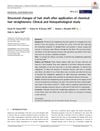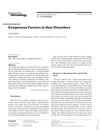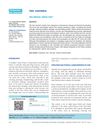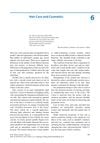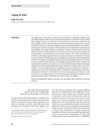Comparison of Hair Shaft Repairing Efficacy Between Panthenol and Hydrolyzed Protein
January 2009
in “
프로그램북(구 초록집)
”
TLDR Panthenol is more effective than hydrolyzed protein at improving hair roughness and reducing breakage.
In 2009, a study was conducted by Youn Duk Kim, Hye Jin Hyun, Ji Hae Lee, Youn Suk Oh, Long Quan Pi, and Won Soo Lee to compare the hair shaft repairing efficacy between panthenol and hydrolyzed protein. The study found that both panthenol and hydrolyzed protein were effective in repairing damaged hair shafts. However, panthenol showed a higher efficacy in improving hair shaft roughness and reducing hair breakage compared to hydrolyzed protein. This suggests that panthenol could be a more effective ingredient for hair care products aimed at repairing damaged hair.
